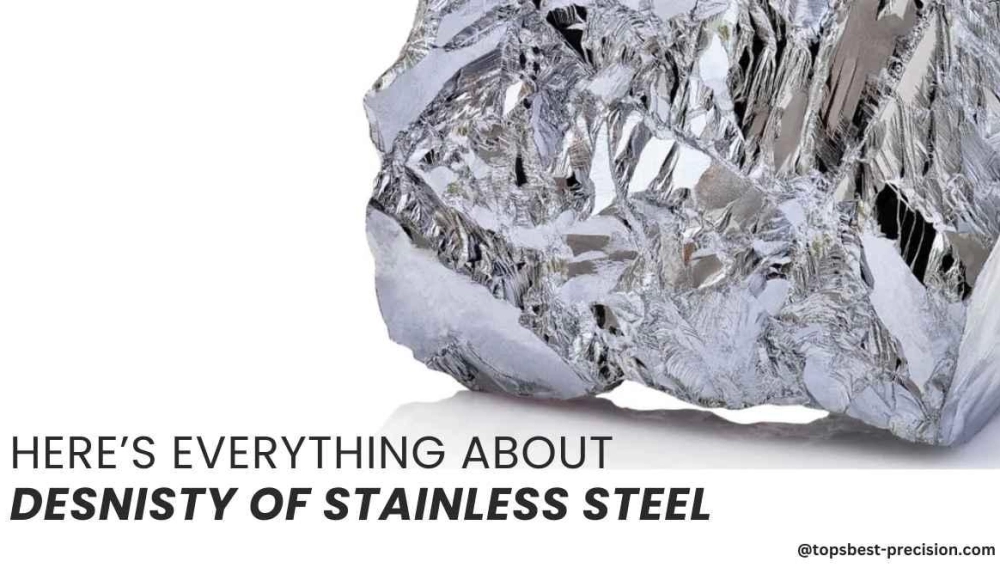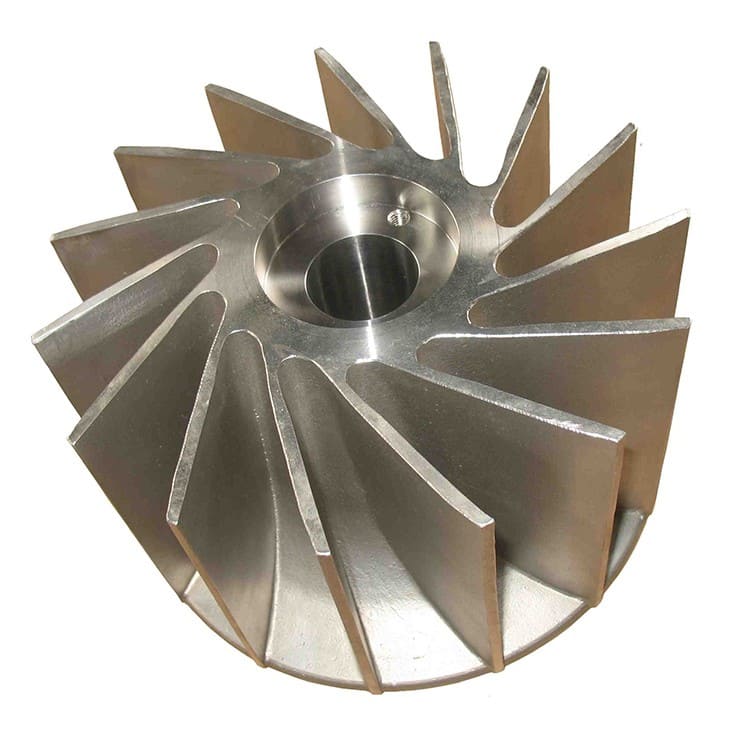Explore detailed stainless steel density data by grade with formulas and applications to optimize material selection for engineering and fabrication projects.
What Is Stainless Steel Density Fundamentals and Measurement
Stainless steel density is a fundamental property that defines the mass of the material per unit volume, typically expressed in grams per cubic centimeter (g/cm³) or pounds per cubic inch (lb/in³). Understanding this value is crucial for accurate weight calculations, cost estimation, and performance assessment in various engineering and manufacturing applications.
Core Definition
Density equals mass divided by volume. For stainless steel, it varies based on the specific alloy composition because different metals and microstructures alter the material’s compactness and weight.
Measurement Techniques
Measuring stainless steel density involves precise methods such as:
- Archimedes’ Principle: Submerging an object in water to measure displaced volume.
- Hydrostatic Weighing: Combining mass measurements in air and water for density calculation.
- Geometric Measurement: Calculating volume from exact dimensions and dividing the mass by this volume.
Factors Influencing Density
Several variables affect stainless steel density, including:
- Alloy type (e.g., Austenitic, Duplex, Ferritic)
- Chemical composition and element percentages (nickel, chromium, molybdenum)
- Manufacturing processes that may cause variations in microstructure or porosity
- Temperature changes since thermal expansion slightly alters volume
At VastPCC, we recognize that understanding these fundamentals is key to optimizing stainless steel use in weight-sensitive and durability-critical projects. Our expertise helps you navigate the variations and select the ideal material density for your industrial needs.
Density Values Across Common Stainless Steel Grades

Stainless steel density varies depending on the grade and its specific alloy makeup. Generally, most stainless steel materials fall within a density range of 7.7 to 8.1 grams per cubic centimeter (g/cm³). Understanding these values helps in stainless steel weight calculation and comparing metal alloy density for different applications.
Here’s a quick breakdown of typical densities for popular stainless steel grades:
| Stainless Steel Grade | Density (g/cm³) | Notes |
|---|---|---|
| 304 Austenitic Steel | 8.00 | Most common, good corrosion resistance |
| 316 Stainless Steel | 8.00 | Better corrosion resistance, ideal for marine use |
| 430 Ferritic Steel | 7.70 | Lower density, magnetic properties |
| Duplex Stainless Steel | 7.80 – 7.85 | Combines strength and corrosion resistance |
| 410 Martensitic Steel | 7.75 | High strength, magnetic |
This info aligns with SS 316 specific gravity and is essential for precise calculations in fabrication and engineering projects.
Visual aids like this table make it easier to pick the right grade when considering corrosion-resistant material weight or comparing austenitic steel properties.
Knowing these numbers upfront saves time and helps avoid mistakes in design or weight estimates. If you want detailed insights into specific alloy densities, tools for stainless steel weight calculation can be very handy.
How to Calculate Weight and Volume Using Stainless Steel Density
Calculating weight or volume with stainless steel density is straightforward once you know the basics. Here’s a simple step-by-step guide:
Step-by-Step Formula Guide
- To find weight:Weight = Volume × Density
For example, if you have a 2 cubic foot block of 304 stainless steel (density about 0.29 lbs/in³), convert cubic feet to cubic inches (1 cubic foot = 1728 in³), then multiply by the density. - To find volume:Volume = Weight ÷ Density
So, if you know the weight of your stainless steel part, just divide by the density to get its volume.
Practical Tools to Help
- Use online stainless steel calculators, especially for grades like SS 316 or Duplex stainless steel.
- Mobile apps can quickly convert units and densities for metal alloy density comparison.
- Keep a handy density chart nearby for the most common stainless steel grades.
Common Pitfalls to Avoid
- Mixing up units: Make sure you’re consistent with lbs/in³ or g/cm³.
- Forgetting temperature effects: Steel can expand slightly with heat, changing density marginally—important for precise engineering applications.
- Using generic density values rather than grade-specific numbers, like the difference between austenitic steel properties versus ferritic steel.
VastPCC Tip
Always double-check your input measurements and confirm the stainless steel grade before calculating. A small mistake in density or volume can cause big errors in weight-sensitive projects. Having accurate data upfront saves time and money.
Applications and Implications of Stainless Steel Density in Industry
Understanding stainless steel density is crucial across many industries, especially where weight and performance matter. For example, in aerospace and automotive sectors, knowing the exact stainless steel weight calculation helps engineers design lighter, stronger parts that improve fuel efficiency and overall performance.
In construction, stainless steel’s density affects structural stability and ease of handling. For medical equipment, balancing strength and weight is important for durability and user comfort. The density of 304 stainless steel and SS 316 specific gravity are often checked to ensure the right materials are used for corrosion-resistant tools and devices.
Weight-Sensitive Sectors
- Transportation: Reducing metal weight lowers fuel consumption.
- Marine industry: High-density steel must resist corrosion and hold up well under pressure.
- Food processing: Stainless steel density affects machinery durability and safety.
Performance Ties
Brands that rely on stainless steel products benefit from knowing its density because it impacts machining, welding, and thermal expansion. For instance, austenitic steel properties like density influence how it reacts to heat and stress in different environments.
Case Study
A U.S.-based manufacturer cut costs by switching to a duplex stainless steel grade with slightly lower density and better corrosion resistance. This switch improved product lifespan while reducing shipping weight, showcasing how understanding duplication stainless steel density can lead to significant savings.
Future Trends
Moving forward, industries are focusing on alloys with optimized density to enhance sustainability. This means lighter, stronger metals with tailored properties will be in high demand, pushing the need for accurate fabrication density formulas and density data in design.
Knowing stainless steel density is more than just numbers; it’s a key factor in making smarter, more efficient, and cost-effective decisions in engineering and manufacturing.
FAQs Quick Answers on Stainless Steel Density
What is the density of stainless steel?
Most stainless steel grades have a density between 7.7 to 8.1 grams per cubic centimeter (g/cm³), depending on the alloy composition.
How do I calculate stainless steel weight?
Use the formula: Weight = Volume × Density. Knowing the material density lets you estimate weight easily for fabrication or shipping.
What is the density of 304 stainless steel?
304 stainless steel typically has a density around 8.0 g/cm³, making it one of the most common austenitic steel grades.
Does stainless steel density change with temperature?
Yes, like most metals, stainless steel density slightly decreases when heated due to thermal expansion, but for most applications, this is minimal.
How does SS 316 density compare to 304?
SS 316 has a similar density to 304, around 8.0 g/cm³, but contains more nickel and molybdenum, improving corrosion resistance.
Can I use density to compare stainless steel grades?
Yes, density helps you compare weight and material strength, but consider mechanical properties and corrosion resistance too.
Why is knowing stainless steel density important in industry?
It affects material selection in weight-sensitive sectors such as automotive, aerospace, and construction, impacting performance and cost.
If you want to dive deeper into specific stainless steel grades or need a weight calculation guide, check our comprehensive resources on stainless steel engineering applications.

